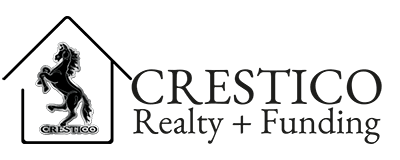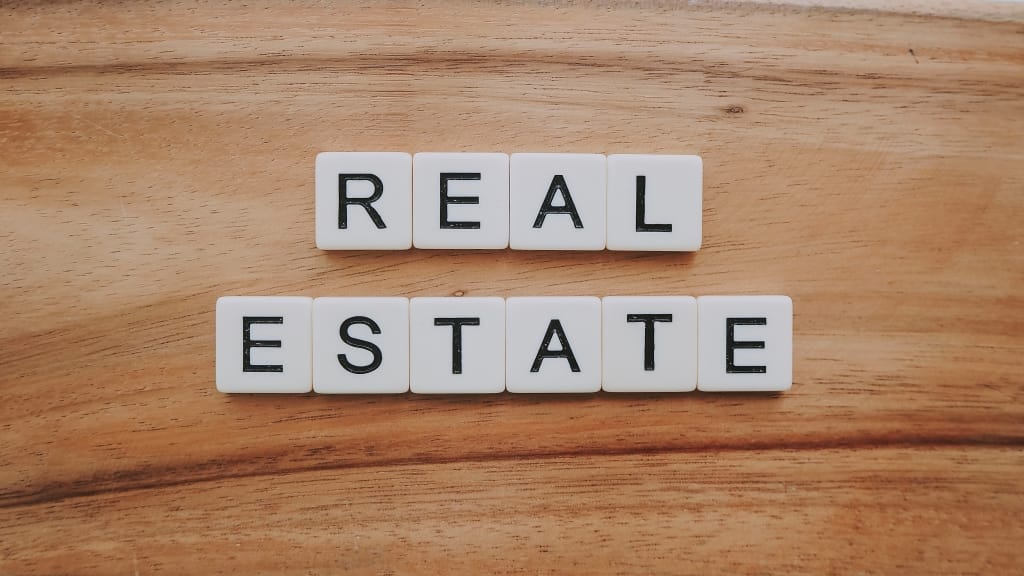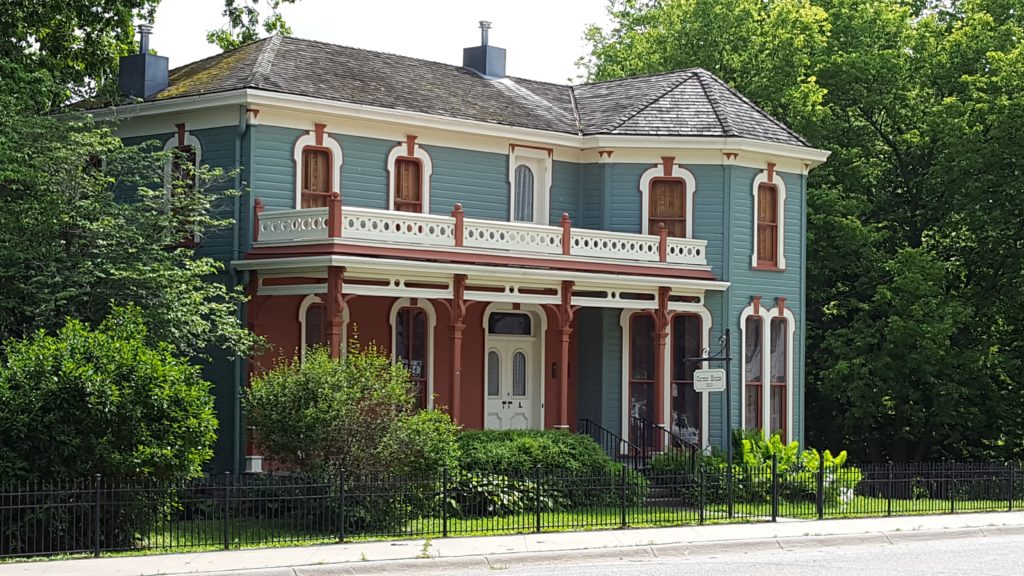
7 Clever Ways Los Angeles Freelancers Can Get a Mortgage on Their Dream Home
Turning the dream of homeownership into reality is an exciting milestone — but for freelancers, gig workers, and self-employed professionals, the journey often comes with unique twists and turns. Traditional lenders tend to favor predictable paychecks and standard employment histories, making the path to securing a mortgage for freelancers far from straightforward. If you’ve ever felt your hard-earned independence was an obstacle rather than an asset in the eyes of mortgage lenders, you’re not alone. The good news? Innovative and flexible freelancer mortgage solutions are emerging, designed specifically to address the needs of today’s diverse workforce.
As the freelance economy grows, so too do the creative strategies for financing your ideal home. Navigating the home loan process as a self-employed individual calls for resourcefulness, organization, and a willingness to explore options beyond the conventional. Whether you’re just starting to think about buying or are ready to take action, understanding how to present your financial picture and leverage new tools can give you a real edge. In this guide, we’ll share seven empowering ways freelancers like you can overcome common obstacles and secure a home loan for self-employed professionals — proving that with the right approach, your dream home is well within reach.
Understand Your Financial Profile
For freelancers, one of the biggest hurdles to homeownership is proving financial stability to mortgage lenders. Unlike traditional employees with predictable paychecks and W-2s, freelancers often experience fluctuating income and varied clients, making it harder for lenders to gauge reliability. This is why financial institutions scrutinize freelance income and require thorough documentation as part of their freelancer mortgage solutions. Lenders want reassurance that you can consistently meet your mortgage obligations, so it’s crucial to present a clear and convincing picture of your financial health.
Consistent cash flow and meticulous record-keeping are your strongest allies in this process. For example, if you’re a graphic designer with seasonal peaks, maintaining organized monthly earnings reports will help demonstrate steady income over time — even if individual months vary. Lenders prefer applicants who show at least two years of stable or growing freelance income. By tracking invoices, payments received, and business expenses diligently, you not only prepare for tax season but also make it easier to provide proof of income for freelancers when the time comes to apply for a mortgage.
To boost your chances of approval, start building a comprehensive financial portfolio long before starting the home buying process. This should include recent tax returns (preferably two years), Profit and Loss statements, Bank Statements, and a client list or contract history that highlights ongoing work relationships. Consider using accounting software to streamline your record-keeping and ensure everything is up-to-date and accurate. If possible, create a summary statement that explains your business model, sources of income, and how you manage financial ups and downs — this can help humanize your application and make your case more compelling.
By taking these proactive steps, you’ll be better equipped to navigate the unique challenges of freelancer home buying. Remember: transparency, organization, and preparation are key. Not only will this approach make your application stronger, but it will also empower you to negotiate confidently with lenders and find the freelancer mortgage solutions best suited to your needs.
Boost Your Mortgage Eligibility with Strong Documentation
For freelancers, documentation is your strongest ally when applying for a mortgage. Unlike traditional employees, you won’t have W-2s or a predictable monthly paycheck to show lenders. Instead, be prepared to provide at least two years of personal and business tax returns, current profit and loss statements, bank statements, and 1099 forms. These documents help paint a complete picture of your income streams and financial responsibility. If you’ve diversified your work — say, through multiple clients or projects — include contracts or invoices as additional proof of consistent work.
Demonstrating stable income, even in the face of inevitable fluctuations, is crucial. Lenders will look for patterns rather than perfection. For example, if you had a slow quarter but finished the year strong, highlight how your annual earnings remain consistent or are on an upward trajectory. Supplementary documentation like savings account statements or evidence of recurring client relationships can reinforce your case. These details show lenders that you’re adept at managing the ebb and flow of freelance income — a key factor in qualifying for both traditional loans and alternative mortgage options.
Partnering with a knowledgeable accountant can make all the difference in this process. An accountant experienced in working with freelancers can ensure your profit/loss statements are accurate, help you maximize legitimate deductions without underreporting income, and prepare your financials to meet lender expectations. This professional guidance not only streamlines your mortgage application but also strengthens your eligibility by presenting your business asset financing and personal finances in the best possible light.
Ultimately, strong documentation is about more than just paperwork — it’s about telling your unique financial story with confidence and clarity. By proactively organizing and presenting your records, you empower yourself to explore a wider range of mortgage solutions tailored for freelancers. With these tools in hand, you’re one step closer to turning your dream home into a reality.
Leverage Business Assets and Savings
Freelancers often have a unique advantage when it comes to building up business assets and personal savings — these resources can significantly bolster your mortgage application. Lenders want to see that you have the reserves to weather slow periods, and a healthy savings account or robust business cash reserves demonstrates financial stability. For example, if you’ve set aside several months’ worth of living expenses or can show consistent deposits into a business savings account, it signals to lenders that you’re prepared for the unpredictable nature of freelance income. In many freelancer mortgage solutions, these savings can be used to strengthen your application or even serve as part of your down payment.
It’s essential, however, to clearly separate your business and personal finances. Not only does this create a clearer picture for underwriters reviewing your application, but it also simplifies your own record-keeping and tax reporting. Open dedicated checking and savings accounts for your freelance business and regularly transfer your earnings into your personal accounts as income. This organization makes it easier to provide clean bank statements and reduces confusion during the mortgage approval process, especially if you’re considering Bank Statement Loans, which rely heavily on clear documentation of income flow.
Beyond regular savings, don’t overlook the power of retirement accounts or investment portfolios as evidence of freelancer financial health. Even if you don’t plan to tap into these funds for your Home Purchase, showing healthy balances in IRAs, 401(k)s, or brokerage accounts reassures lenders of your long-term financial responsibility and liquidity. Some Loan Programs may even allow you to use these assets as a compensating factor if your income fluctuates seasonally or annually. By highlighting all facets of your financial picture — including business assets, personal savings, and investments — you can present yourself as a secure and reliable borrower, opening more doors to creative freelancer mortgage solutions.
Explore Alternative Lenders and Loan Programs
For freelancers and self-employed professionals, qualifying for a mortgage through traditional banks can feel like navigating a maze of rigid requirements and outdated expectations. Fortunately, today’s mortgage landscape is evolving, with a growing number of alternative lenders who understand the unique rhythms of freelance income. These non-traditional lenders are often more flexible in evaluating your financial situation, focusing on overall cash flow and business health rather than just W-2 forms or pay stubs.
Special loan programs designed specifically for self-employed applicants are also making homeownership more accessible. For instance, some lenders offer “bank statement loans,” where your last 12–24 months of bank statements are used for freelance income verification instead of tax returns. Others may accept profit-and-loss statements or use a combination of personal and business assets to assess your ability to repay. These options recognize that while your income may fluctuate month to month, your long-term earning potential can be strong and reliable.
When comparing these alternative options to conventional mortgages, it’s important to weigh both requirements and benefits. While you might face higher Interest Rates or need a larger down payment with some alternative lenders, you’ll benefit from a more personalized underwriting process that takes your actual financial picture into account. Additionally, many of these programs streamline documentation, making the application process less daunting for freelancers juggling multiple income streams. By exploring these forward-thinking solutions, you can find a mortgage path that truly fits your entrepreneurial lifestyle — turning the dream of homeownership into an achievable reality.
Consider a Larger Down Payment
For freelancers, one of the most effective ways to strengthen a mortgage application is by making a larger down payment. Lenders often see self-employed applicants as higher risk due to fluctuating incomes and unconventional financial profiles. By offering a bigger upfront investment — typically 20% or more — you can offset some of this perceived risk, signaling your financial stability and commitment. This approach not only increases your chances of approval but also gives you access to better freelancer mortgage solutions, including potentially Lower Interest Rates and reduced private mortgage insurance requirements.
Saving for a substantial down payment may seem daunting, especially when your income varies from month to month. However, adopting targeted down payment strategies freelancers can make a significant difference. Consider automating transfers into a dedicated savings account each time you receive client payments, or earmark a percentage of every invoice for your home fund. Diversifying your income streams — such as taking on high-value projects during peak seasons or offering workshops — can also accelerate your savings goals. Remember, separating business and personal finances will help you clearly track your progress and maintain disciplined saving habits.
A larger down payment doesn’t just improve your loan approval odds; it can also enhance the overall affordability of your dream home. By reducing the amount you need to borrow, you’ll likely secure lower monthly payments and save thousands over the life of your mortgage. Lenders may reward your financial prudence with more favorable terms, especially if your credit score tips freelancers toward the excellent range. This dual focus on saving aggressively and maintaining strong credit will empower you to present the most compelling case possible to any lender.
Ultimately, making a larger down payment is an empowering step for freelancers seeking homeownership. It demonstrates financial foresight and resilience — qualities lenders value highly in self-employed applicants. By planning ahead and leveraging creative savings strategies, you can turn the challenge of variable income into an opportunity to showcase your readiness for this exciting new chapter.
Build and Maintain Excellent Credit
For freelancers, a strong credit score is one of the most powerful tools in securing a mortgage on favorable terms. Because self-employed income can appear unpredictable to lenders, your credit profile often becomes a key indicator of your financial reliability. Lenders look closely at your history of managing debt and making timely payments to gauge how you might handle a long-term commitment like a home loan. A high credit score not only improves your chances of approval but can also unlock lower interest rates, saving you thousands of dollars over the life of your mortgage.
Building and maintaining excellent credit begins with simple, disciplined habits. Always pay your bills — credit cards, loans, utilities — on time. Even a single missed payment can have a negative impact on your score. If possible, set up automatic payments or calendar reminders to ensure nothing slips through the cracks, especially during busy work periods or travel for client projects. Keep your credit card balances well below your limits; ideally, use less than 30% of your available credit at any given time. This demonstrates to lenders that you can responsibly manage borrowing without overextending yourself.
Another crucial factor is your debt-to-income ratio (DTI), which compares your monthly debt payments to your income. As a freelancer, this means being mindful of both personal and business debts. Reducing outstanding balances — whether on credit cards, auto loans, or business lines of credit — not only improves your DTI but also signals to lenders that you have healthy financial habits. For example, consider paying down a high-interest business loan before applying for a mortgage to present yourself as a lower-risk borrower.
Don’t forget to regularly review your credit reports for errors or outdated information. Freelancers often juggle multiple accounts and revenue streams, increasing the likelihood of reporting mistakes. Use free annual credit report services to check all three major bureaus, and dispute any inaccuracies promptly. By staying proactive about your credit health, you’ll position yourself as an attractive candidate in the eyes of mortgage lenders — turning your freelance success into a solid foundation for homeownership.
Partner with a Mortgage Broker Experienced with Freelancers
Navigating the mortgage landscape as a freelancer can feel overwhelming, but partnering with a mortgage broker who specializes in freelancer mortgage solutions can make all the difference. Unlike traditional brokers, those experienced with self-employed clients understand the nuances of fluctuating income streams, diverse tax situations, and the unique documentation freelancers must provide. They are well-versed in overcoming the hurdles that often trip up independent professionals and can advocate on your behalf to lenders who may not be familiar with freelance work patterns.
A knowledgeable broker acts as a Bridge, connecting you with lenders and loan products specifically tailored to the self-employed. For example, some lenders offer bank statement loans or alternative documentation programs, which consider your actual cash flow rather than just W-2s or pay stubs. An experienced broker can assess your financial profile and match you to these innovative products, increasing your chances of approval while potentially securing more favorable terms. They also stay updated on changing lender criteria and can alert you to opportunities or new programs designed for freelancers.
When choosing a broker, it’s essential to ask the right questions to ensure they have the expertise you need. Inquire about their experience working with freelancers and how many self-employed clients they’ve helped secure mortgages in the past year. Ask which lenders or loan programs they recommend for independent contractors and how they plan to present your application to highlight your strengths. A reputable broker should be transparent about their process and fees, and willing to share client testimonials or case studies that demonstrate successful outcomes for people like you.
By aligning yourself with a broker who truly understands freelancer mortgage solutions, you’re not just gaining access to a wider range of options — you’re empowering yourself with an advocate dedicated to your homeownership goals. With their guidance, you can confidently navigate the process, overcome common obstacles, and take strategic steps toward financing your dream home.
Empower Your Path to Homeownership
Securing your dream home as a freelancer is entirely within reach when you leverage innovative strategies tailored to your unique financial journey. By understanding your financial profile, maintaining strong documentation, utilizing business assets, exploring alternative lenders, considering a larger down payment, building excellent credit, and partnering with experienced mortgage brokers, you can unlock a wide array of freelancer mortgage solutions. These practical steps not only strengthen your mortgage application but also demonstrate to lenders that you are a reliable and prepared borrower.
Remember, proactive planning and seeking expert advice are key components on your path to homeownership. Embrace your entrepreneurial spirit and take advantage of resources designed for self-employed professionals. With determination, organization, and the right support, you can confidently navigate the mortgage process and achieve meaningful results — proving that homeownership is not just possible for freelancers, but entirely attainable.




